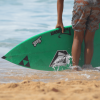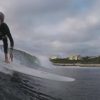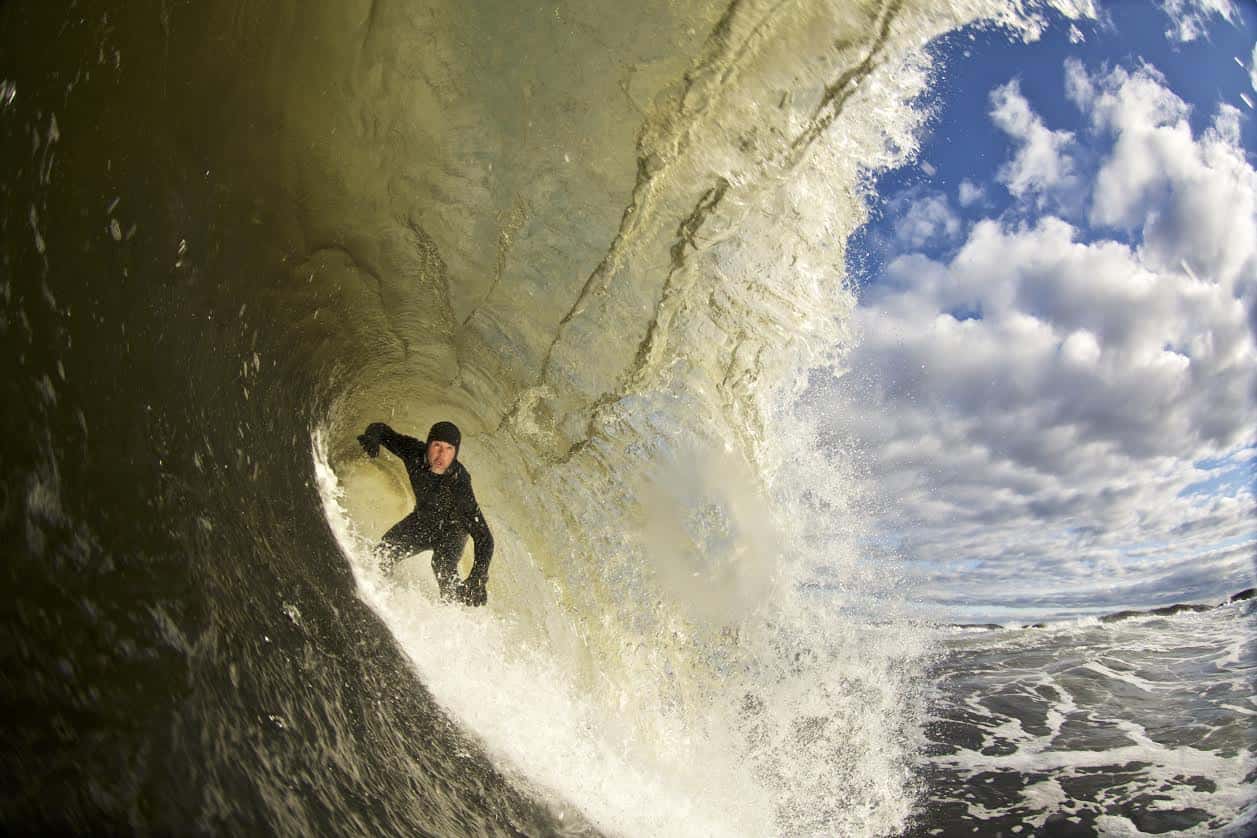
Meet barrel boy, shaper and aussie surfer Joel Stevenson. Living in Norway and surfing one of the most mental waves in the cold, cold north.

Who are you?
I was born and raised on North Stradbroke Island. Same place as WCT surfer Bede Durbidge. We grew up together surfing in our local Boardriders club Point Lookout Boardriders. On one event we were on a pairs team event together coming runner up in the final against Dean Morrison and Jay Phillips from Snapper Rocks Boardriders.
I moved to Coolangatta on the Gold Coast in my 20’s and worked for my brother at JS surfboards until moving here to Norway.
Describe the Icebox
The Icebox is a straight up short and super shallow slab that’s so shallow half the waves that break aren’t rideable. I gave it the name Icebox comparing it to the slab ‘The Box’ in West Oz but modified the name cause initially every time I went to check this wave I was hiking across ice and snow covered rocks to get there.
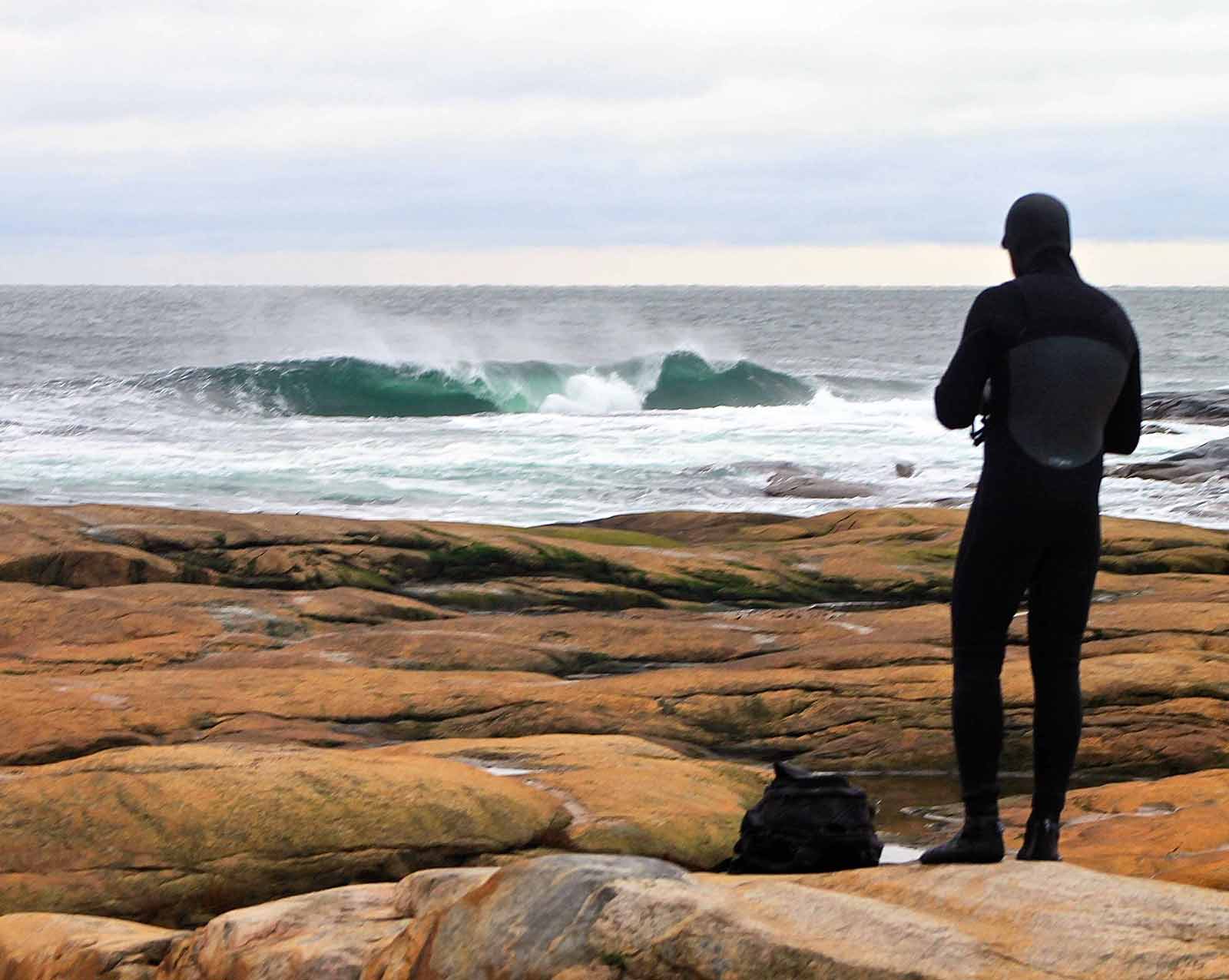
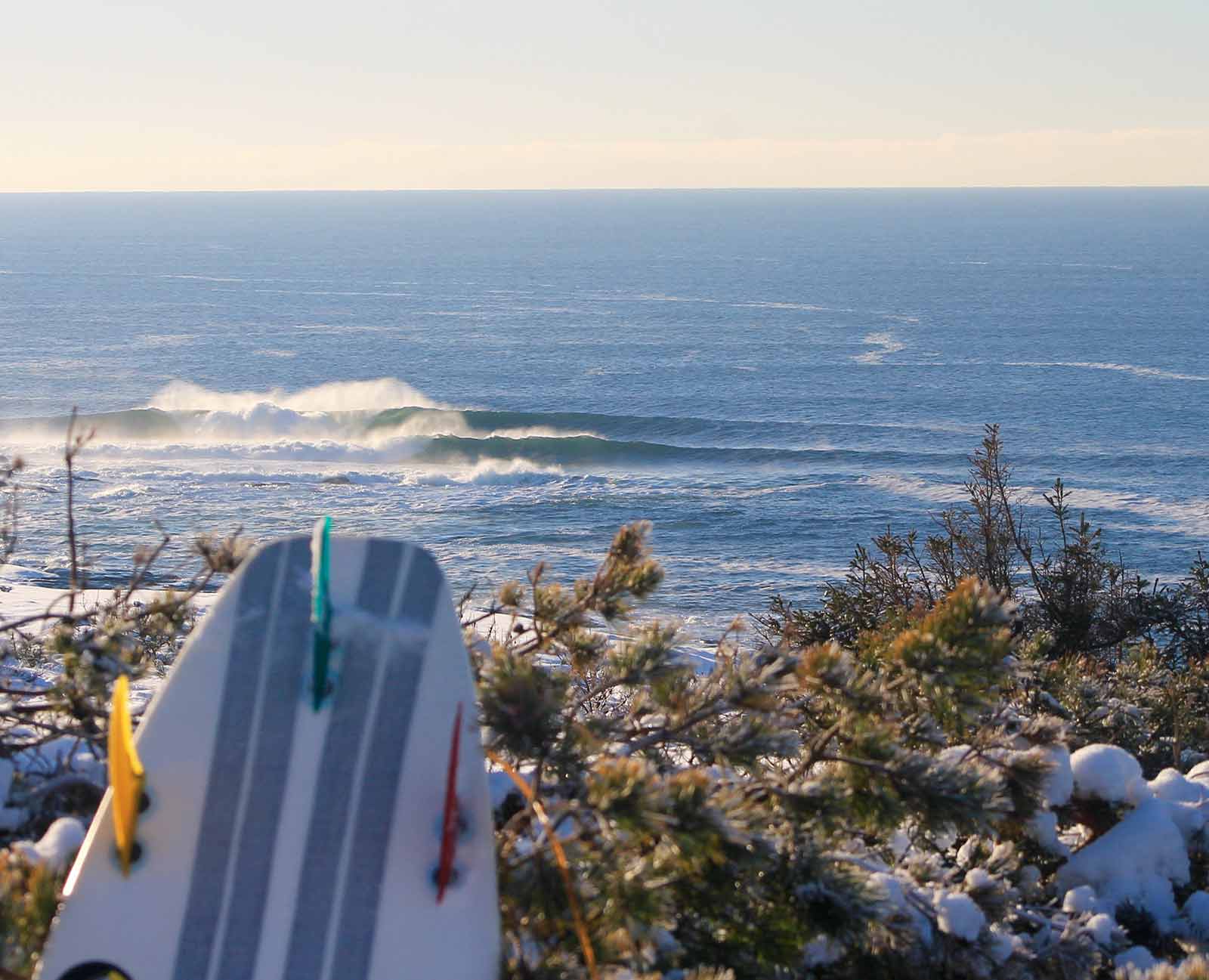
When and how did you discover the wave?
A friend Dylan, that I grew up with on North Straddie, lives in Oslo. We were surfing and searching for new spots around 2011 and came across a couple of crazy looking slabs.
Even though we saw how crazy the right was it was harder to get to so we started surfing another spot that’s a left. Dylan was not able to come down on the days the waves were working due to family and work commitments, so I mostly surfed alone with my wife Hege as my spotter in case I got hurt.
I was out there every chance I could to work out the conditions it needed and sacrificed a lot of sessions at Saltstein to get the forecast dialed. I think it was after 2 years I finally got a few of the Aussie boys living in Oslo to come check it out!
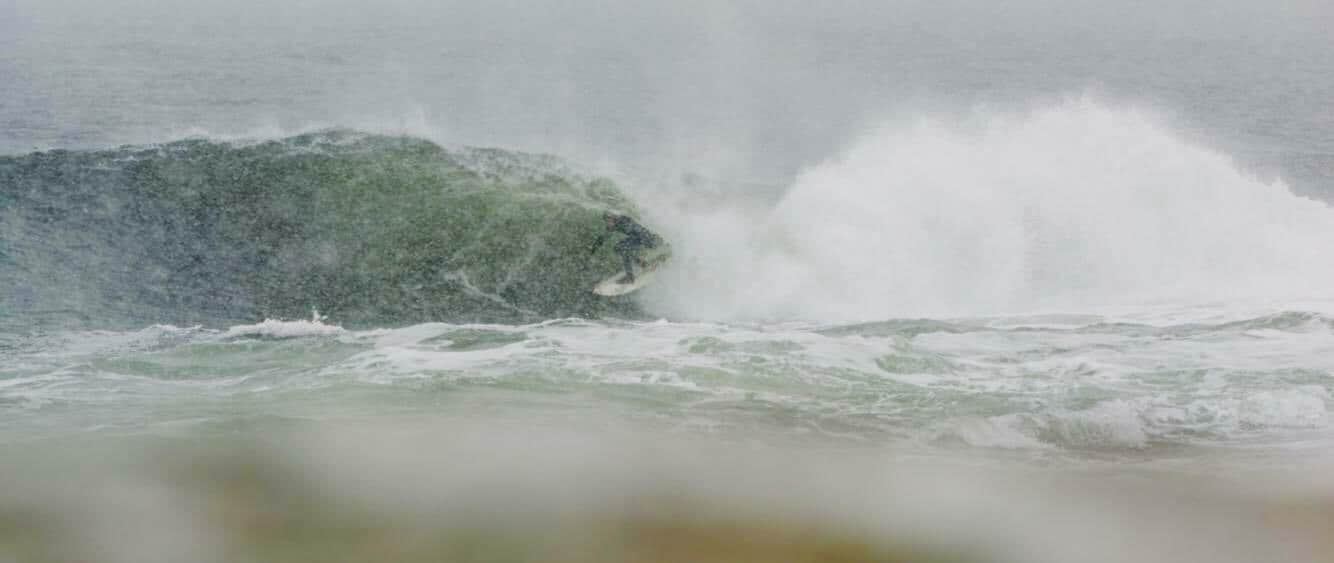
How was your first surf at the Icebox?
Since I first laid my eyes on this wave I’ve been back every chance I knew it was breaking to watch and take photos. I knew one day I’d surf it but was hesitant to do it alone. I was out there in summer to check the bottom depth ’cause I knew it had a section of dry rock that was right in front of the wave.
I think the first time I caught a few waves out there was in Autumn 2013. I was alone on an overhead swell but just wanted a closer look. I wasn’t sure if I’d take a wave but after watching a few I couldn’t help myself. I didn’t take off deep enough to get barreled but just played it safe and took some sketchy drops and tried to get a feel for how the wave broke.
I could see that if you wanted to get barreled you’d have to ride the wave within meters of dry rock and the last part is only 1ft deep and that’s on the safer ones.
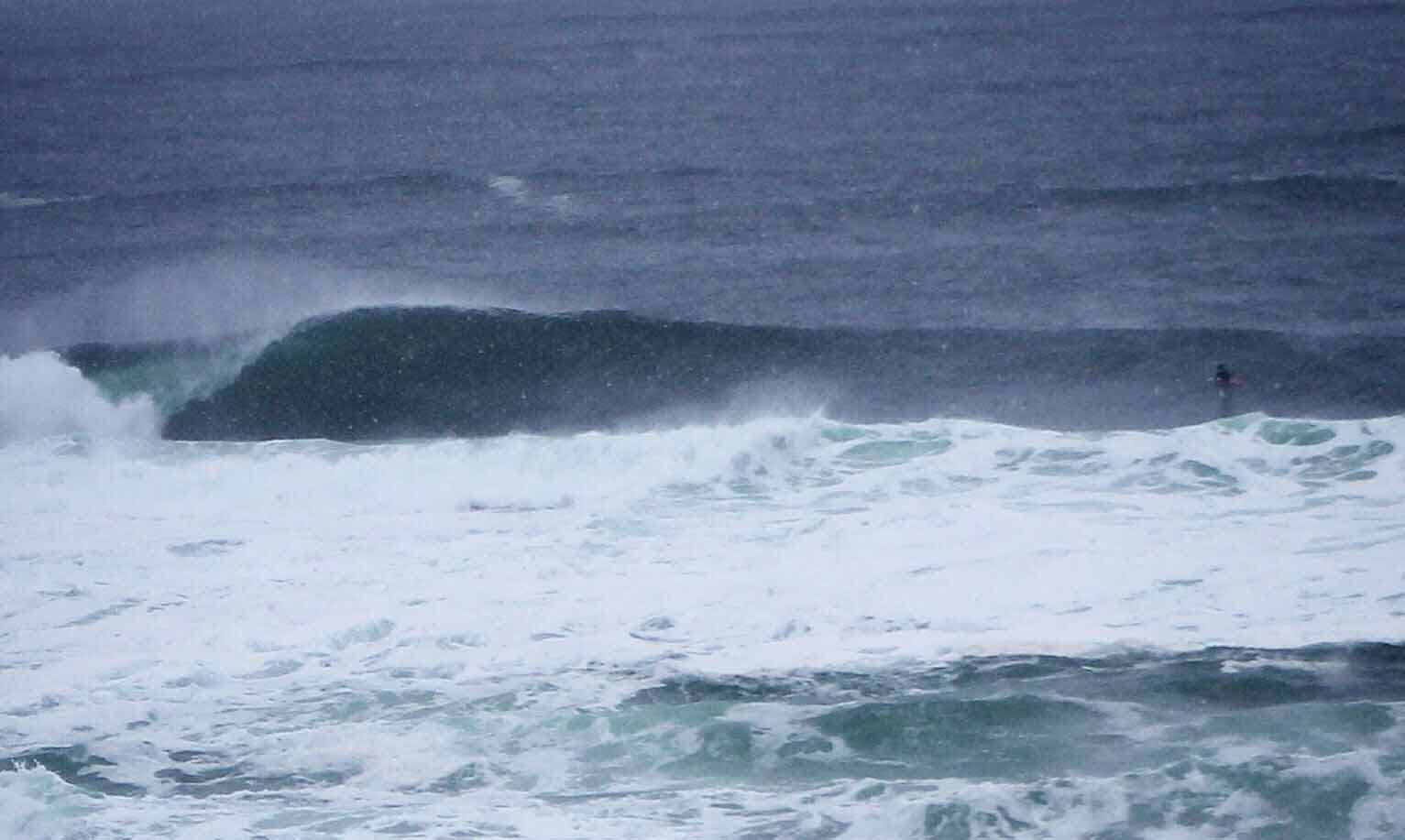
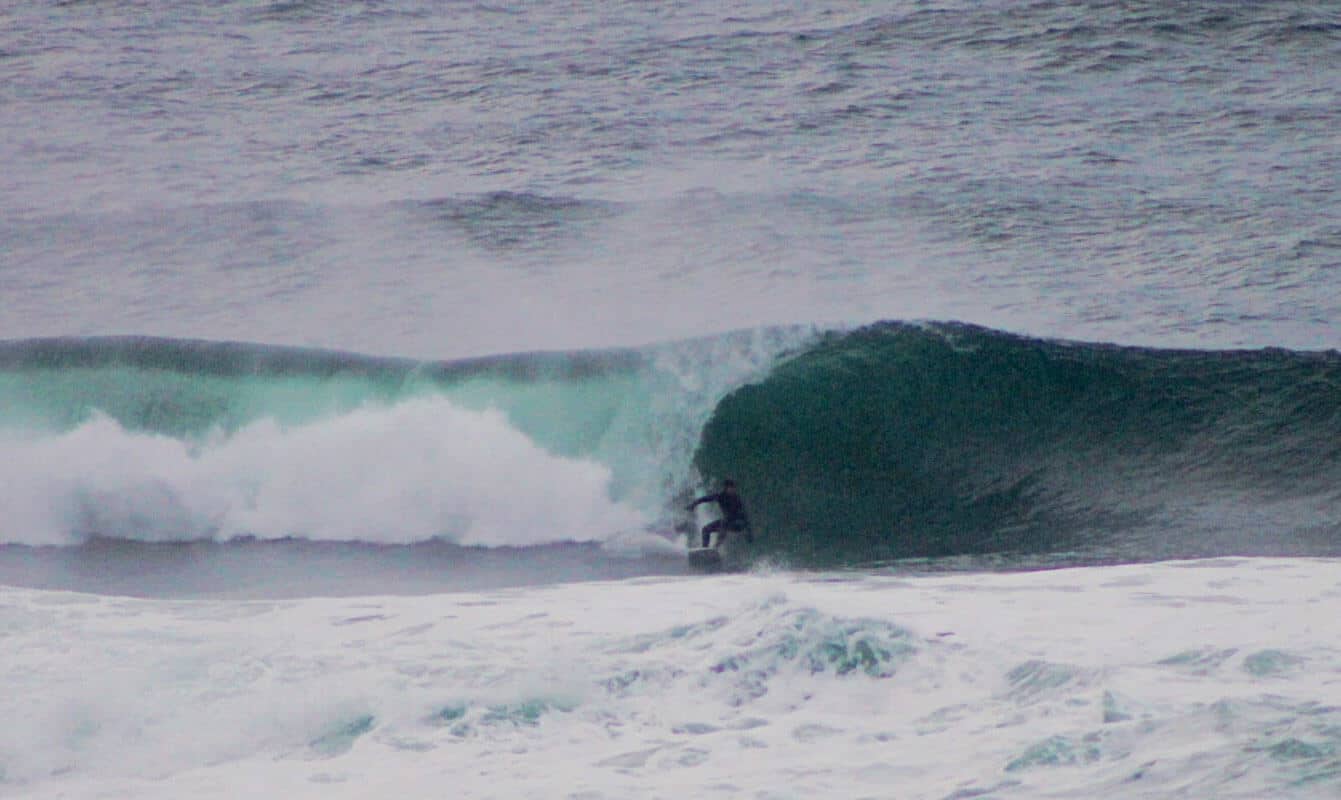
If I do see someone come out to one of the slabs I surf, I’ll be greeting with a smile
Most people are very protective of their spots – how come The Icebox is getting exposure?
Firstly it’s a mission to get there and on the days when it’s big enough to break properly it’s super sketchy so I don’t think too many will make the effort.
Another reason I show photos is ’cause Norway is quite new to the surfing scene compared to other places. There aren’t any crowded lineups yet but as things develop the main spots will get overcrowded.
I’m hoping people don’t see it as I’m trying to show off. I want to share the stoke of surfing and inspire people to be adventurous, search for new waves and try increase the amount of locations available for surfing in all parts of Norway. Sure I don’t want where I surf to get crowded but I do enjoy surfing with people.
Part of learning and progressing your ability comes from watching and learning from others with more experience than yourself. So if you want to push yourself to get better it’s not going to happen by surfing alone.
If I do see someone come out to one of the slabs I surf, I’ll be greeting with a smile, but if they aren’t very experienced I’m more stressed that they could get hurt than annoyed about them being there. Localism in such quiet surf spots in Norway is bullshit and not needed in anyway! If you show respect there isn’t a problem.
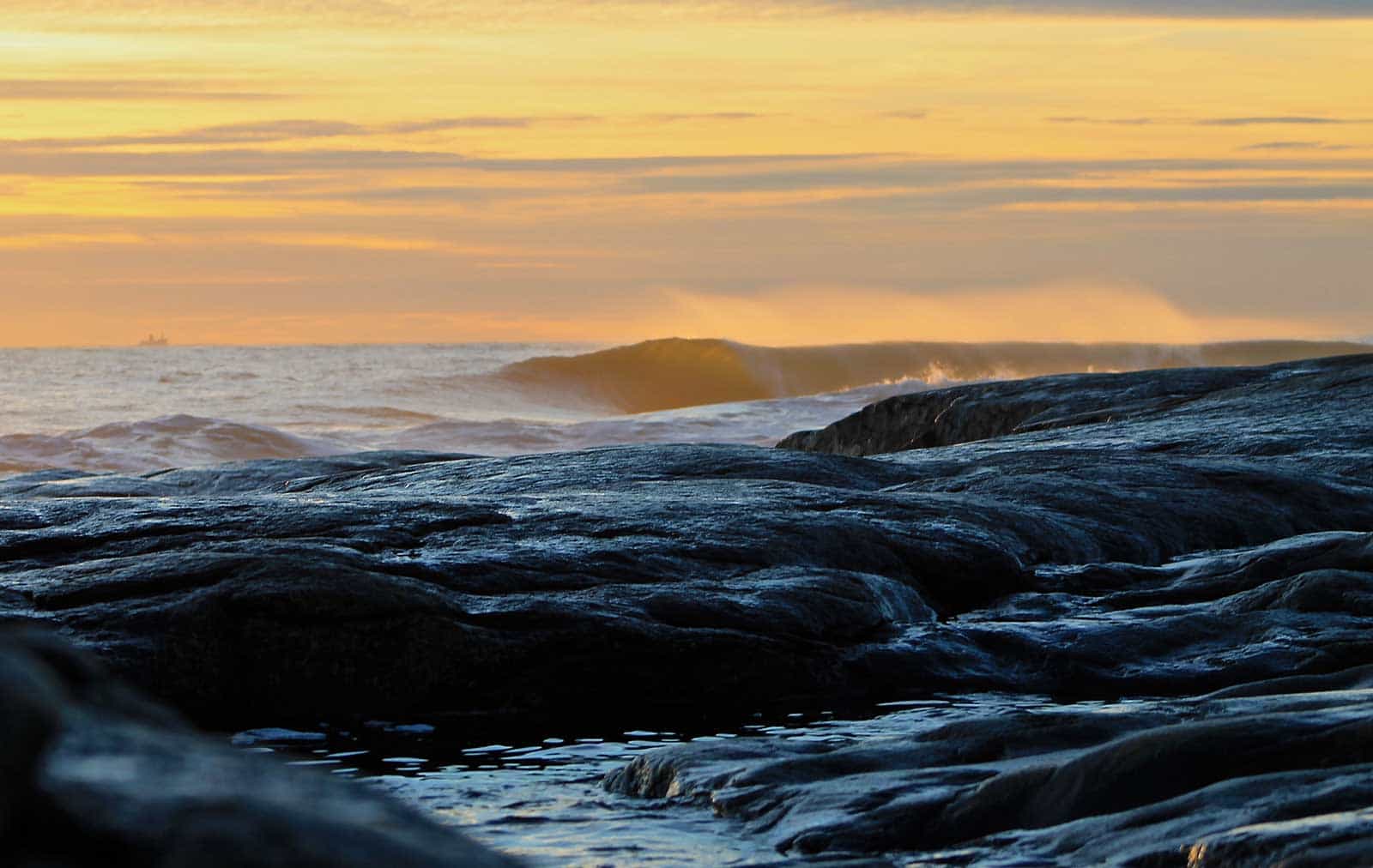
How heavy is the wave compared to other waves you’ve surfed?
Compared to other waves Icebox is one of the craziest waves I’ve surfed. It’s only a short slab wave. Just a take off and 2-3 second barrel that comes out of deep water onto a shallow ledge. The main reason it’s so intense is that you’re taking off right behind an area of exposed shell encrusted rock that covers 3/4 of the waves length. If you don’t make it to the end of the wave your 90% sure you’re going to hit bottom and get dragged across it. It adds a lot of risk especially because your in a remote area not within reach of immediate help.
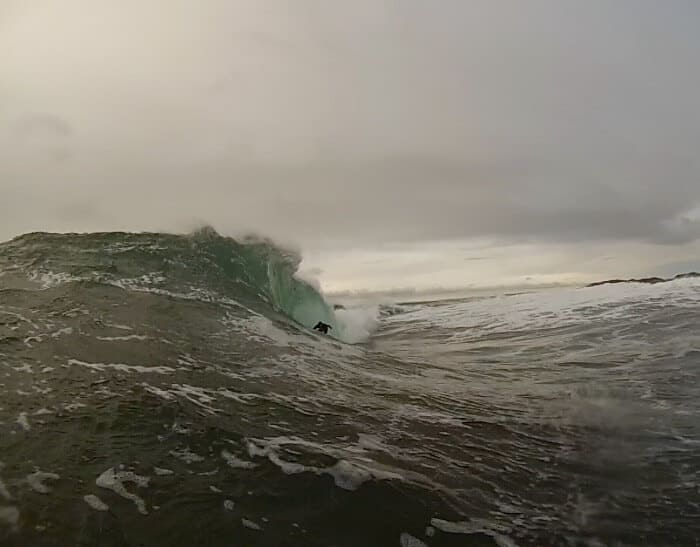
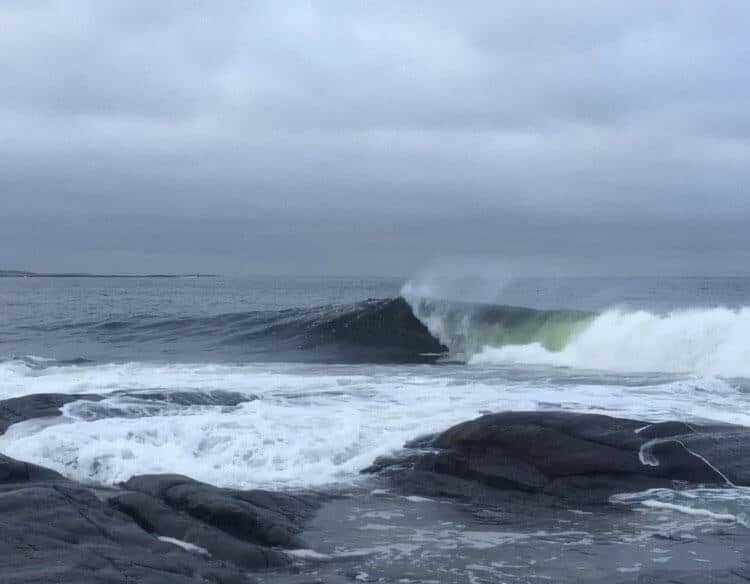
Are you the first one to surf it?
As far as I know I was the 1st. But it didn’t start getting surfed properly until I took a few of the Aussie guys out there so we could encourage each other into taking waves you wouldn’t take if you were alone. But now I’ve surfed out there so much I feel pretty comfortable surfing alone and taking waves I wouldn’t have taken in the beginning.
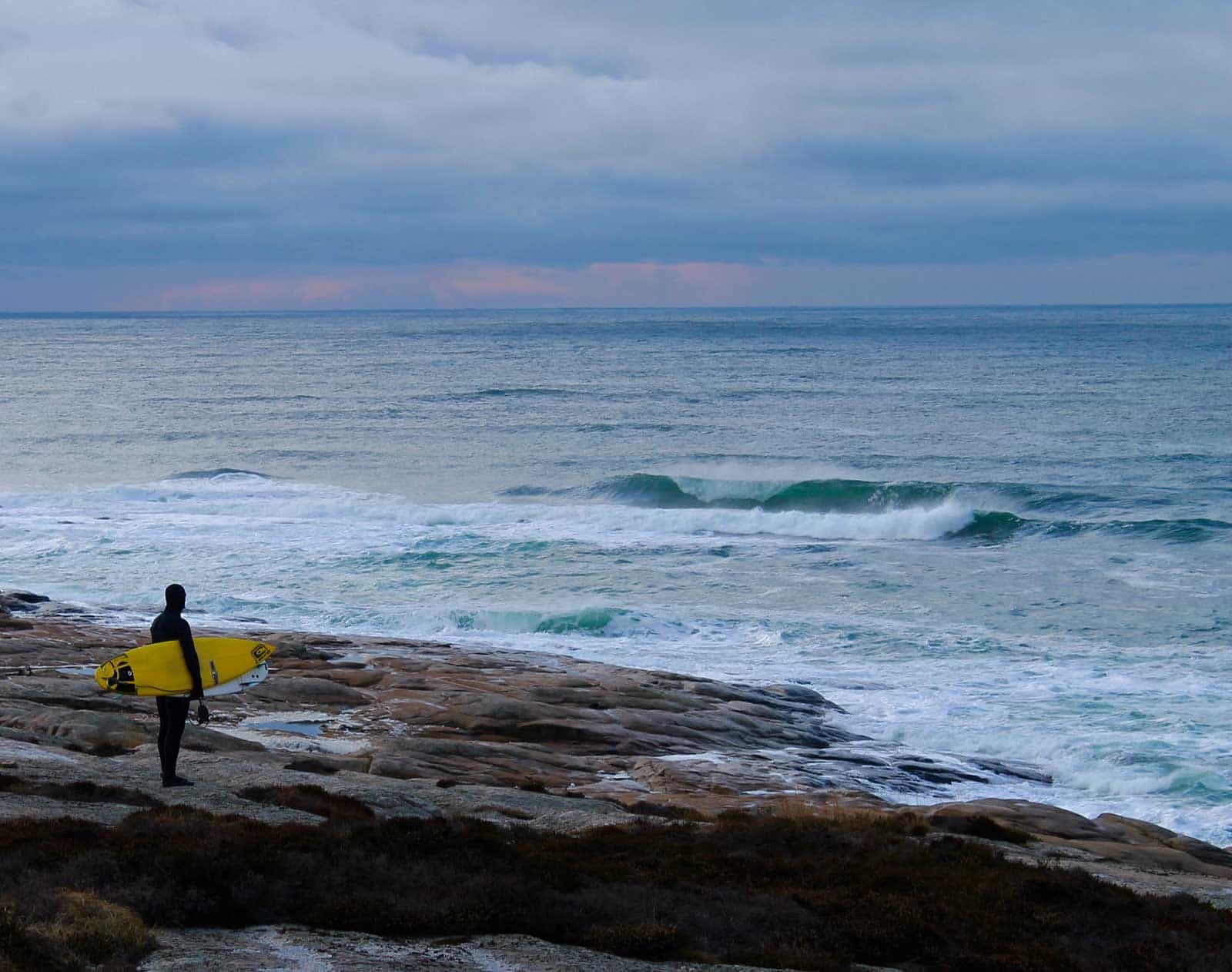
If a surfer happens to find The Icebox – what’s your hottest tips for surfing it?
Only tips I have for anyone finding it is first respect the area and where you park your car. It’s mostly private land so you can’t just park wherever you want. And when surfing please be careful! Know your limits and ability level. It only takes one fall on the wrong wave and you could end up head first into the exposed rock and you’re a long way from getting help.
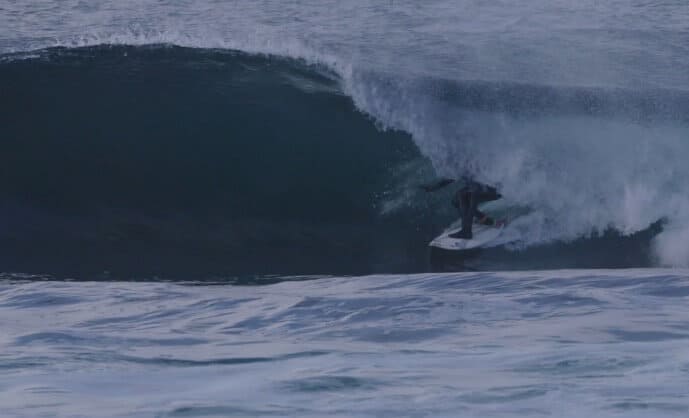
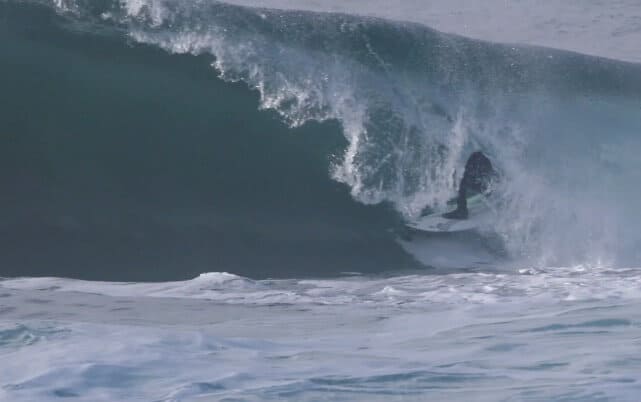
Is the Infusion board you’re shaping a direct result of the Icebox?
I suppose the boards I make have been influenced from surfing these slabs. With my personal shapes I add more volume under the chest for better paddling but lower the rails to compensate for the extra floatation. The extra volume really helps to get into waves easier so your not held in the lip. This is also an advantage in small weak waves that are hard to catch.
@jsboardservice / http://www.jsboardservice.no/
Before I started designing Infusion surfboards I snapped my 2 favourites which were standard glassed boards. I had no boards suitable for these type waves and it was such a hassle to get them sent from Australia. My wife was giving a lot of encouragement and support to start making my own so I thought if I’m going to make boards I want to make them from more resistant materials.
My boards have taken some nasty beatings on the rocks and other than the usual fin damage which is unavoidable. My boards are pretty much still ding free. It’s been worth spending the extra time and money to make boards that would otherwise be destroyed by now.
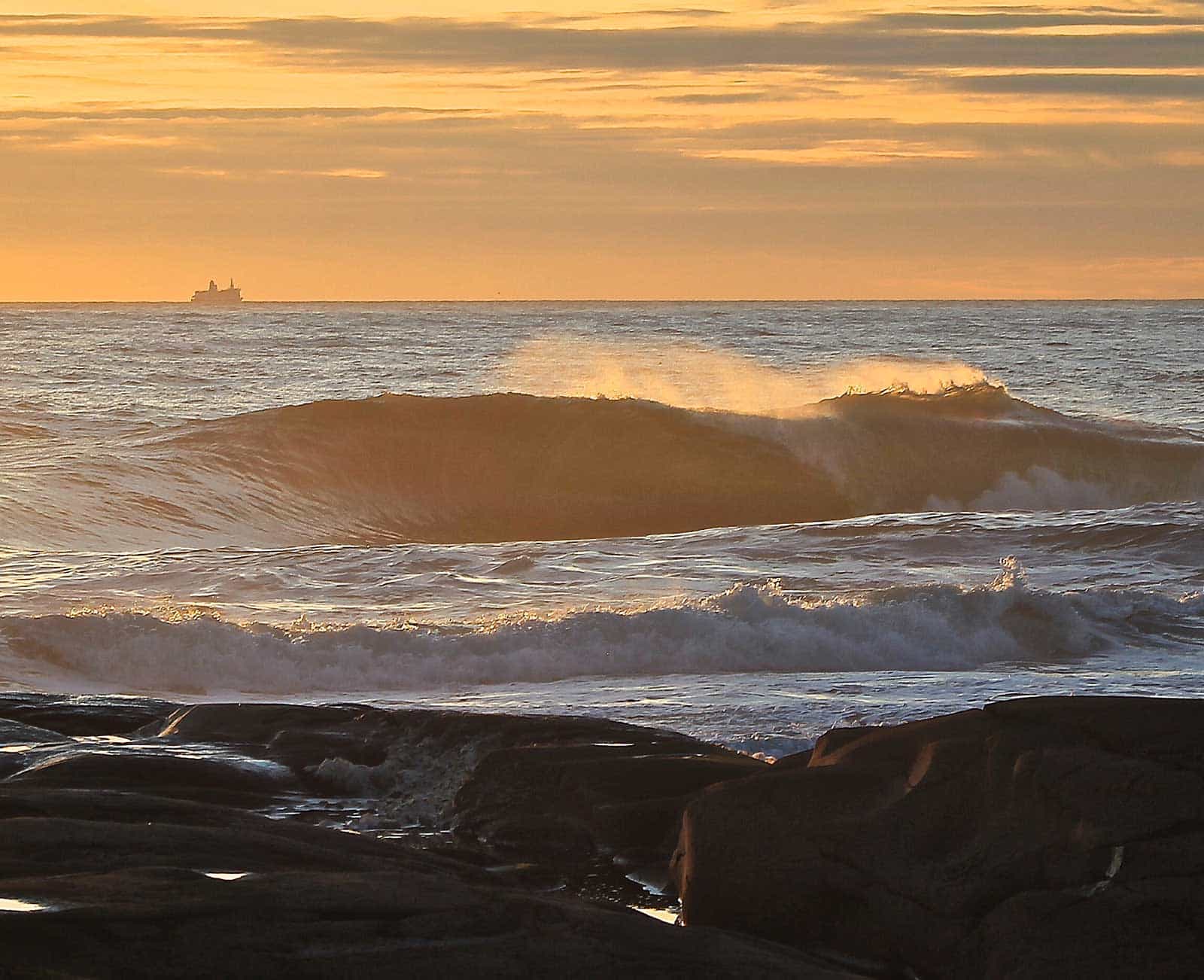
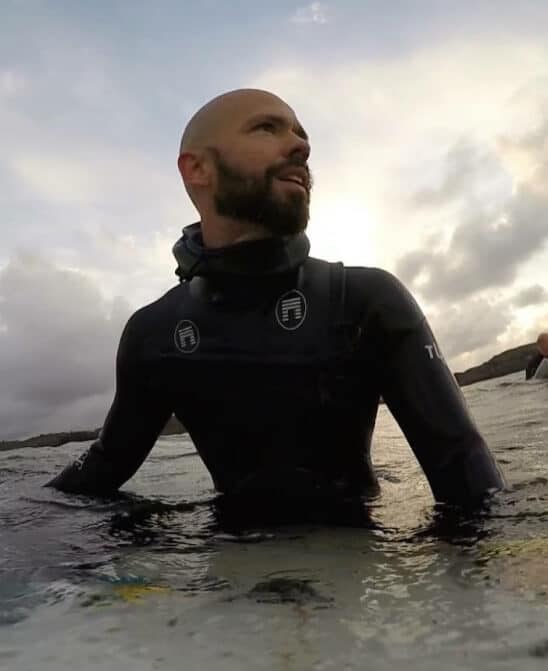
Co-redaktør i SurfNorge siden 2012. Født og oppvokst på Nøtterøy utenfor Tønsberg hvor sidelengs var normalen på fjølene. La sin elsk på surf i Sydney Australia med Dee Why og Manly beach som sin homespot. Tiden i vannet nå brukes på Saltstein i Larvik.



